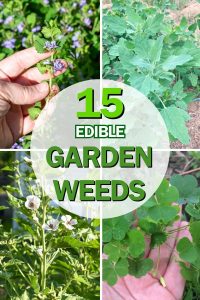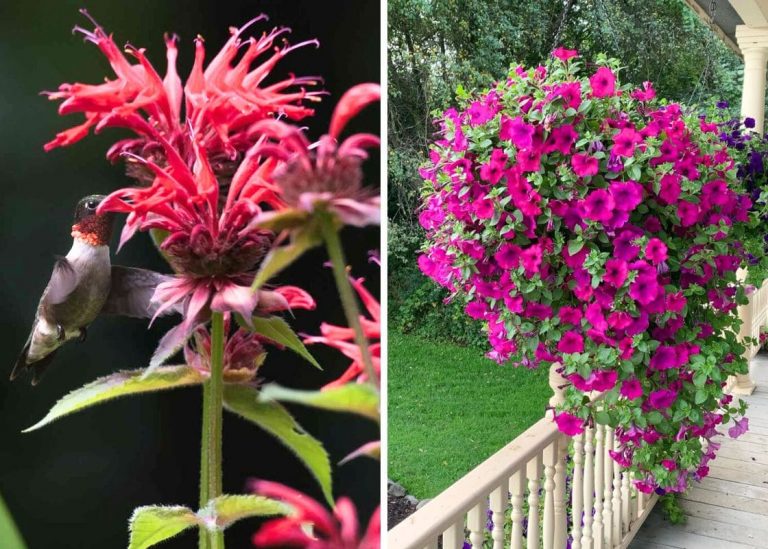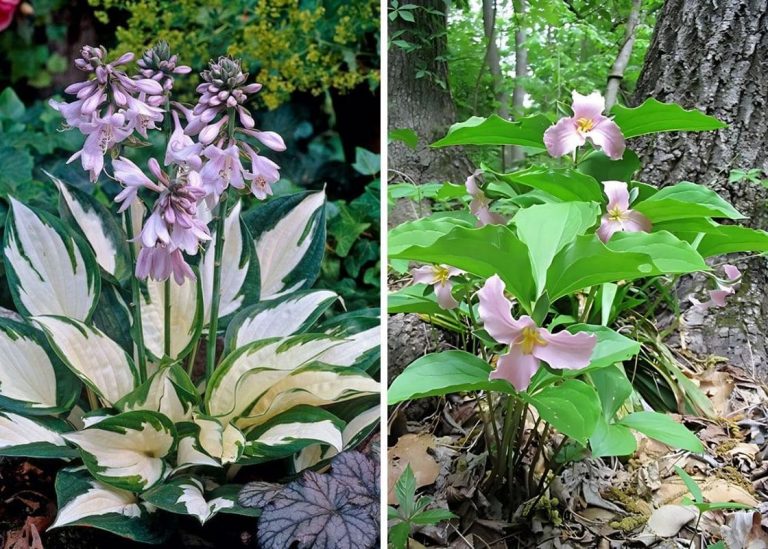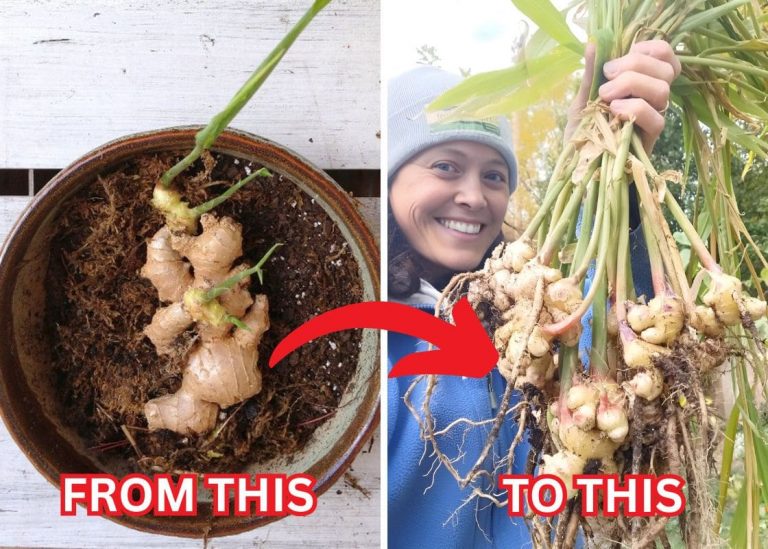15 Edible Garden Weeds That Turn Unwanted Plants into Nutritious Delights
Pulling weeds under the midday sun always felt like a chore—one of those endless tasks where the reward was invisible and the sweat immediate. My hands stained with soil, I would grumble as I yanked out plants I thought had no place in my garden. However, after some digging through old foraging books and late-night reading, my view of weeds quietly shifted.
It turns out, many of those so-called garden intruders were not enemies but gifts. Nutritious, healing, quietly offering themselves with every stubborn sprout. Now, when I walk through my garden, I see free food, vibrant flavors, and ancient medicine growing where once I only saw trouble.
Here are some of the most common edible garden weeds I’ve come to cherish—and the simple, joyful ways to welcome them into your kitchen.
#1. Dandelion
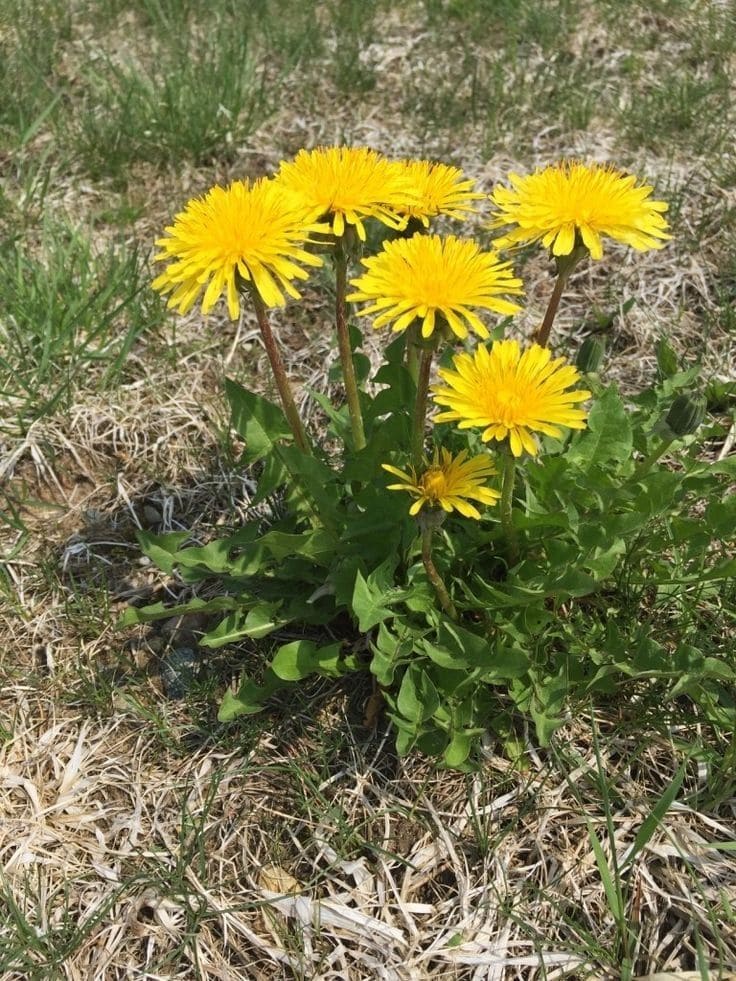
Bright yellow faces scattered across the lawn once felt like little enemies to me. Now, they’re tiny invitations to feast. Dandelions, with their peppery young leaves and sunny blooms, offer a full-course meal if you know where to look.
The tender greens add a pleasant bitterness to salads or sautés, a flavor that wakes up the taste buds. The golden blossoms turn into fritters or syrup, and deep below, the roots hide earthy goodness that can be roasted into a coffee substitute. High in vitamins A, C, and K, these resilient plants nourish the body while feeding the soul.
#2. Purslane
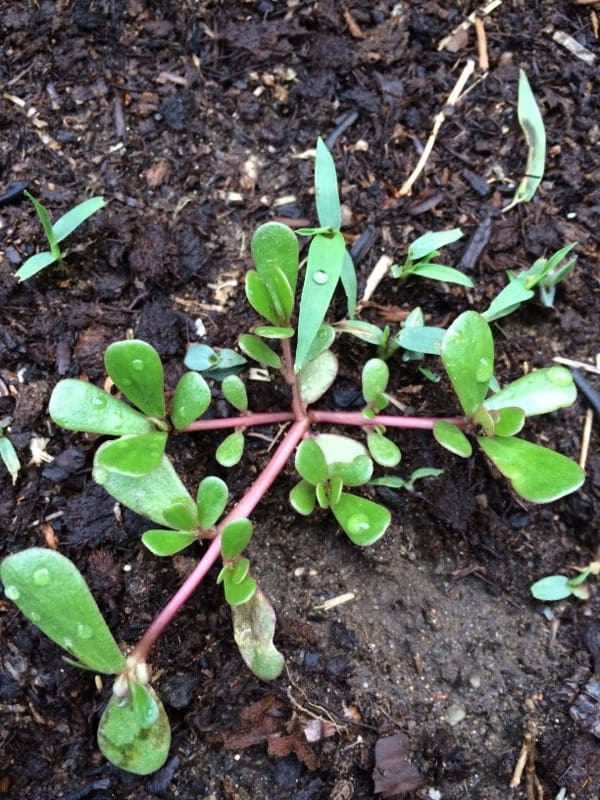
On hot summer mornings, I often spot purslane creeping between my garden beds, its glossy leaves thick with moisture. Long ago, I would have pulled it without a second thought. Now, I gently gather it into my harvest basket.
Purslane’s succulent leaves carry a refreshing, lemony snap that brightens salads and stir-fries. Rich in omega-3 fatty acids and loaded with vitamin C, this humble weed beats many cultivated greens in nutrition. Lightly tossing it into a cucumber and tomato salad brings a taste of cool, living freshness to any summer table.
#3. Chickweed

Sometimes in the cool pockets of my garden, a soft green carpet spreads itself low to the ground. Chickweed, with its delicate stems and tiny white blossoms, feels like the garden’s gentle whisper.
Its mild, sweet flavor slips easily into salads, sandwiches, and even quick pestos. Beyond its tender taste, chickweed offers a bounty of vitamins A, C, and B-complex. Herbalists have long treasured it for soothing skin and calming coughs, a reminder that even the smallest plants carry deep, ancient gifts.
#4. Lambs Quarters
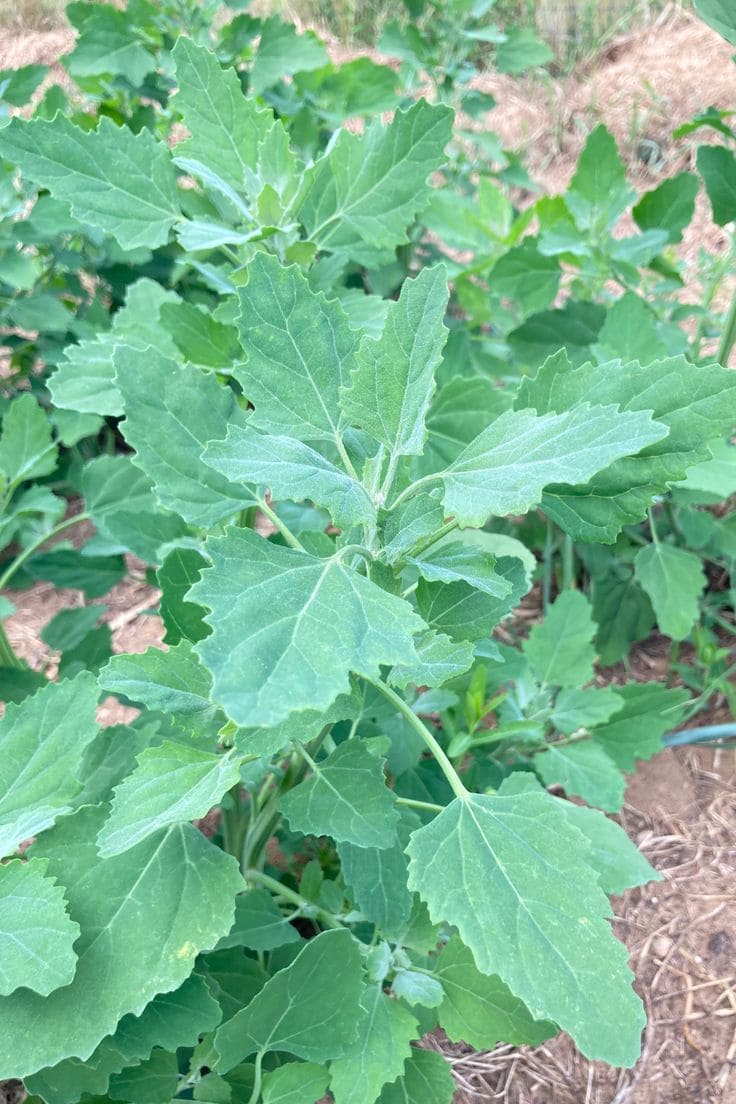
One year, tucked between my peppers and tomatoes, lamb’s quarters grew wild and uninvited. Instead of pulling it, I decided to taste a leaf—and discovered a flavor so nutty and soft it felt almost luxurious.
Nicknamed wild spinach, lamb’s quarters cooks down into tender greens that rival any store-bought bag. They’re rich in calcium, iron, and protein, nourishing the body in ways few weeds can match. Lightly sautéed with garlic or folded into omelets, these wild leaves have become a beloved part of my summer meals.
#5. Plantain
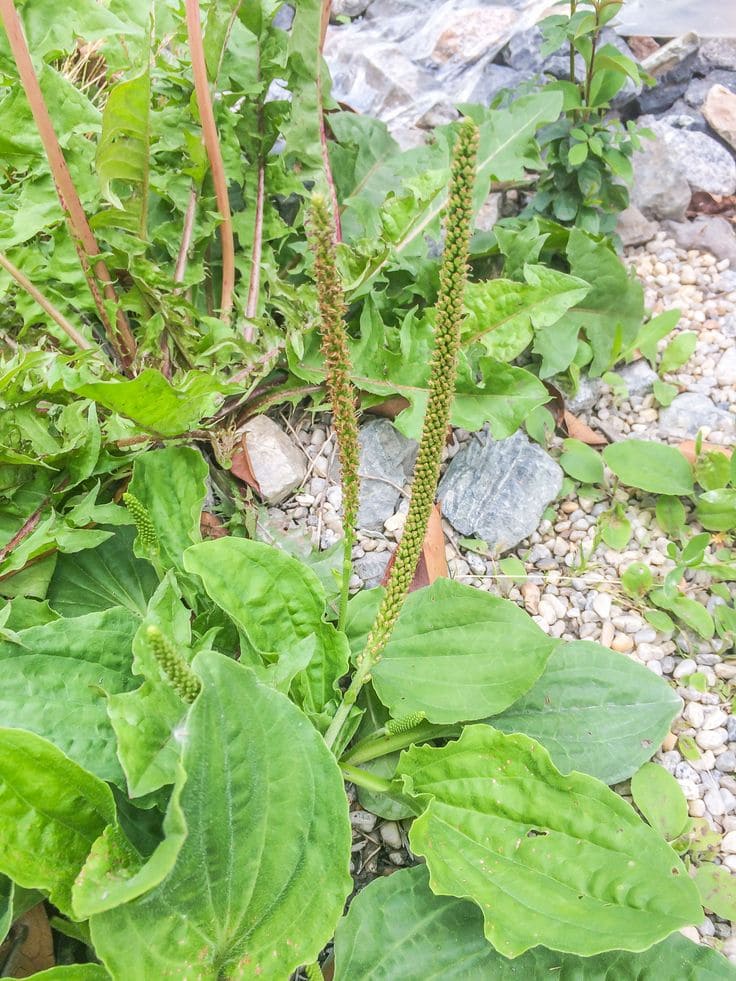
Growing low and strong at the garden’s edge, plantain stretches its broad leaves like little green shields. At first glance, it seems too tough to eat—but in the kitchen, it reveals a softer, healing side.
Young leaves, when picked early, can be eaten raw or cooked into stews and soups. Beyond the plate, crushed plantain leaves soothe insect bites, cuts, and stings, making it a faithful companion for both the gardener and the healer at heart. A weed, yes—but also a quiet ally waiting underfoot.
#6. Wood Sorrel
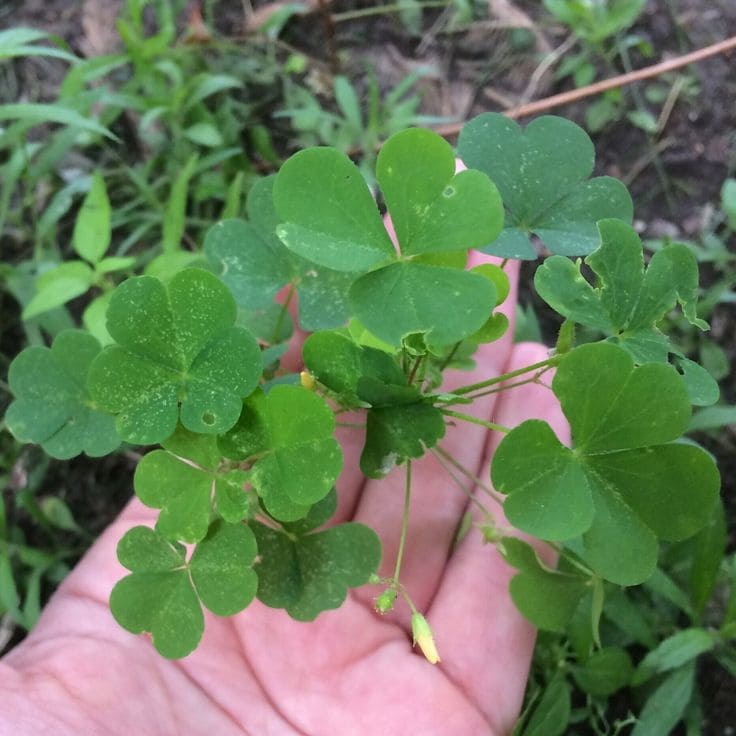
In the dappled shade beneath my taller flowers, wood sorrel often peeks out shyly, its heart-shaped leaves folding up at night like tiny hands in prayer. Each tender leaf carries a bright, lemony tang that feels like a kiss of sunshine on the tongue.
Wood sorrel lifts any salad with its citrusy zest or makes a refreshing addition to cool summer drinks. Rich in vitamin C, it also offers a burst of energy after long garden days. Eaten in moderation because of its oxalic acid, it’s one of those quiet delights I now treasure when wandering barefoot through the garden paths.
#7. Nettle
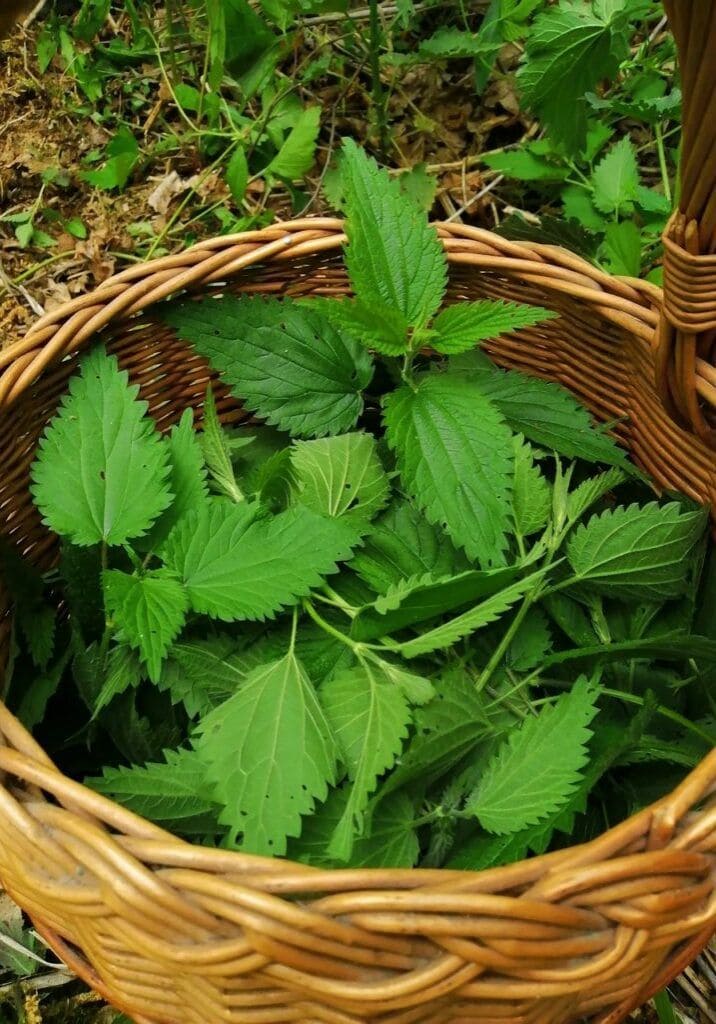
Behind my compost pile where moisture clings, nettles thrive in thick, green stands. Their sting once made me wary, but after my first pot of nettle soup, I understood why old gardeners spoke of them with such reverence.
Cooking or drying tames their sting, revealing tender, iron-rich greens perfect for soups, teas, and pestos. Nettles nourish deeply, offering support for allergies and overall vitality. Each time I harvest them carefully with gloves and gratitude, it feels like gathering a secret, wild energy tucked into the green heart of the earth.
#8. Creeping Charlie
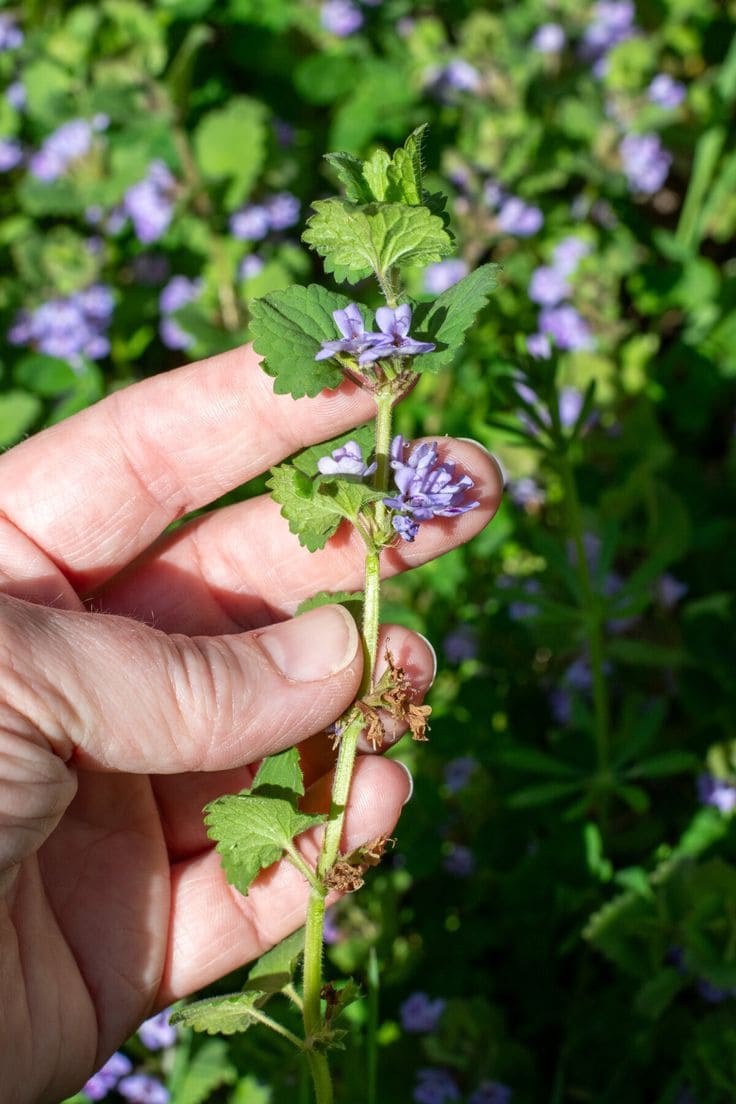
Spilling under the apple trees and curling through the lawn, Creeping Charlie can seem unstoppable. Where once I cursed it, now I brew it into simple teas that carry a grounding, minty taste.
Creeping Charlie’s earthy flavor fits well in herbal infusions or even a foraged pesto blend. Traditionally used for respiratory health and digestion, it offers a reminder that sometimes persistence, even from a “weed,” carries healing of its own. A handful steeped in hot water fills the kitchen with the scent of old gardens and forgotten meadows.
#9. Shepherds Purse
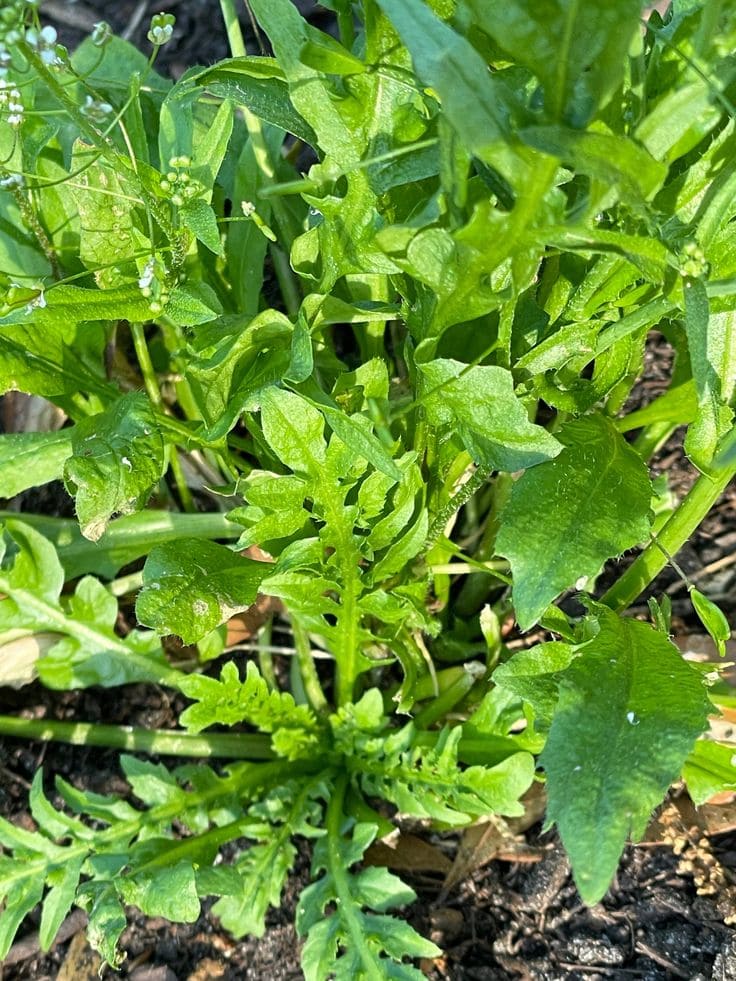
In the cool mornings when the dew still clings, shepherd’s purse stands out with its tiny, heart-shaped seed pods dangling like little charms on slender stems. There’s a subtle bravery to it, growing with quiet persistence in tucked-away corners.
Young leaves bring a peppery, mustardy kick to salads and stir-fries, adding boldness to otherwise mild dishes. Herbalists have long turned to shepherd’s purse for its ability to aid circulation and wound healing, making it another small but mighty ally that often goes unnoticed beneath our feet.
#10. Mallow
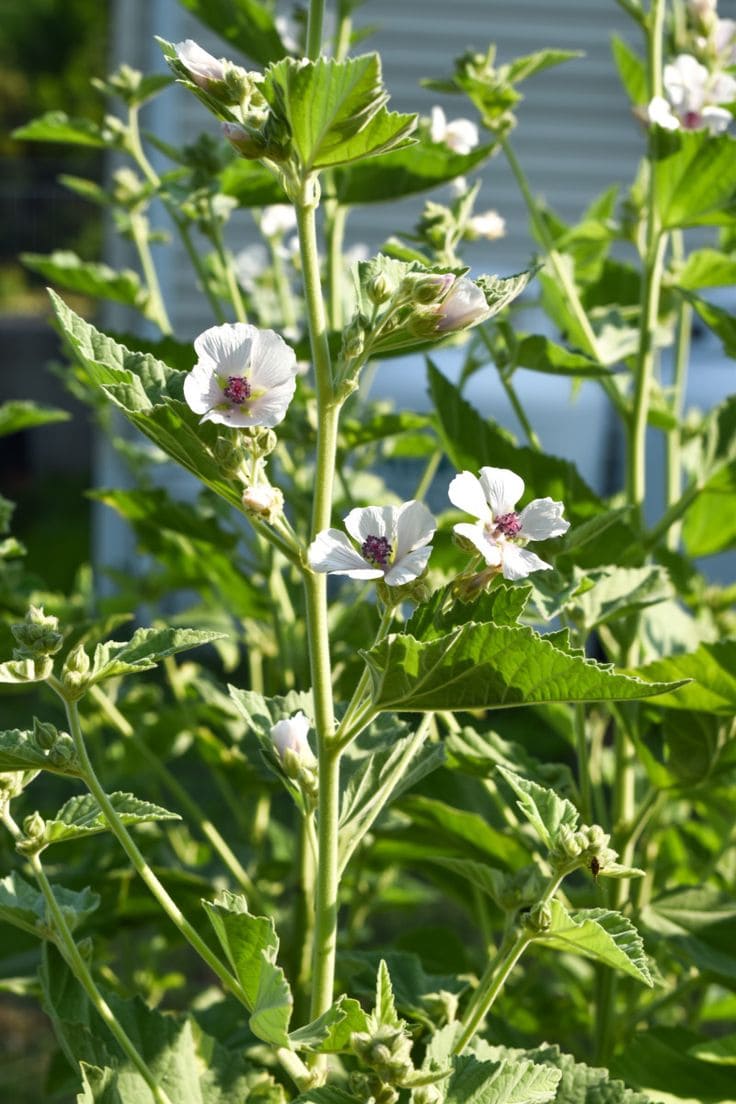
Along the path where the watering cans rest, mallow stretches wide, its leaves soft and inviting to the touch. The blooms, delicate and pink, nod gently with the breeze, carrying a softness that echoes in their flavor.
Mallow leaves slip easily into soups and stews, where their slightly mucilaginous texture helps thicken and soothe. High in calming properties, both for digestion and sore throats, they add a soothing energy to any meal. Watching their pink flowers blush against the green always reminds me that healing often comes wrapped in the simplest beauty.
#11. Burdock

Near the back fence, where the ground stays rough and a little wild, burdock plants stretch their giant leaves wide, commanding attention. Beneath the soil, their long, knobby roots hide a flavor that feels earthy, grounding, and sweet—like the richness of autumn captured underground.
Cooked into soups or roasted like parsnips, burdock root adds depth and nourishment to meals. Though the leaves can be a bit bitter, young ones are still edible when properly prepared. Harvesting burdock feels like digging for treasure, pulling sustenance straight from the stubborn, patient earth.
#12. Wild Amaranth
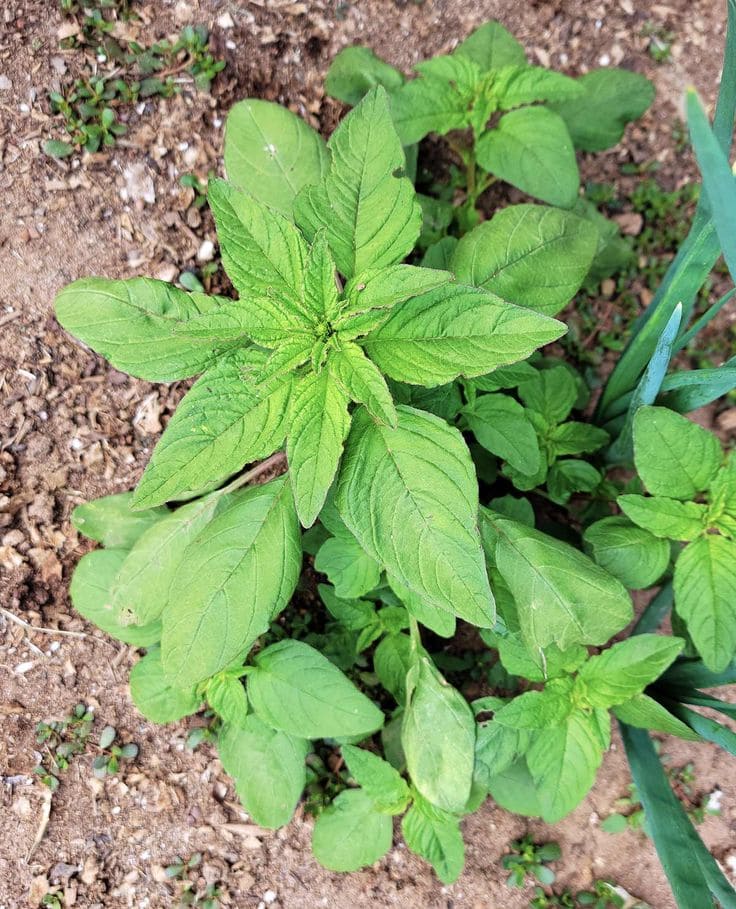
In the forgotten spaces between beds where I never planned anything, wild amaranth sometimes flourishes, its leaves catching the morning light like soft, emerald fans. Their resilience astounds me—thriving where even my pampered crops sometimes fail.
The tender leaves can be sautéed or steamed just like spinach, packed with iron, calcium, and protein. The seeds, tiny but mighty, can be ground into flour or cooked like quinoa. Every time I gather a basketful, I feel a quiet pride in embracing the wild generosity that the garden offers freely.
#13. Curly Dock

Early in the season, before the heat toughens them, curly dock leaves push up with a determined energy, their edges softly crimped as if stitched by hand. They carry a tart, lemony flavor that brightens up cooked dishes, bringing a tang that lifts heavier meals.
Though the roots and seeds also have their uses, I find the young greens the easiest and most joyful way to welcome curly dock into my kitchen. Sautéed quickly with a splash of oil and garlic, they remind me of spring’s bright, fleeting freshness—a flavor you can almost hear laughing in the pan.
#14. Wild Garlic
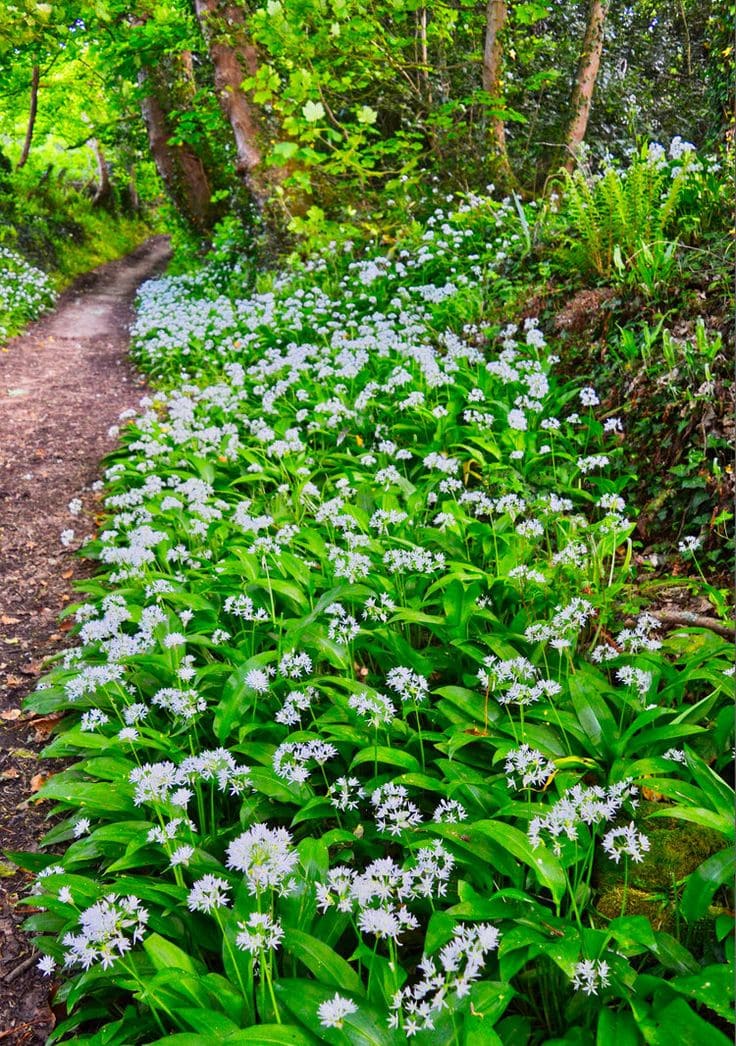
Wandering the edges of my garden one damp afternoon, I caught a sharp, familiar scent underfoot. Wild garlic had crept in, threading slender leaves and delicate bulbs through the grass, promising rich flavor for those who noticed.
Every part of wild garlic—the leaves, bulbs, and starry white flowers—bursts with a strong, savory bite. Finely chopped into dressings, stirred into eggs, or scattered over roasted vegetables, it transforms simple dishes into something vivid and deeply satisfying. Finding it feels like stumbling onto a hidden spice rack gifted by nature herself.
#15. Hairy Bittercress
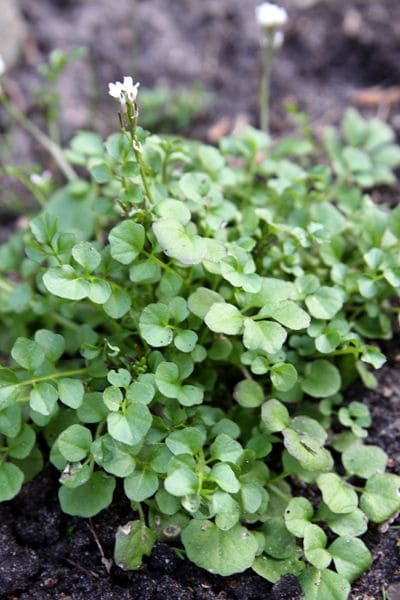
Tiny, almost invisible among the first flush of spring weeds, hairy bittercress hides its peppery power behind delicate, rounded leaves. A quick tug, and a whole clump comes loose, roots and all, ready for the kitchen.
Its bright, sharp flavor brings life to salads and sandwiches, a welcome punch when fresh greens are still scarce. Harvesting bittercress always feels like a small secret—the kind only those who look closely, and welcome the wild, get to enjoy.
Final Thoughts
Seeing weeds as friends instead of foes changed more than just my garden—it shifted the way I see the world around me. Where I once saw inconvenience and mess, I now see abundance, generosity, and ancient wisdom rooted right under my fingertips.
Each tender sprout of dandelion, each stubborn patch of purslane, offers more than food. They offer resilience. They remind me that nourishment often grows strongest where it’s least expected, and that beauty often hides behind labels we were too quick to give.
Here’s to gathering with open hands and open hearts—and tasting the wild, beautiful abundance waiting to be found.
